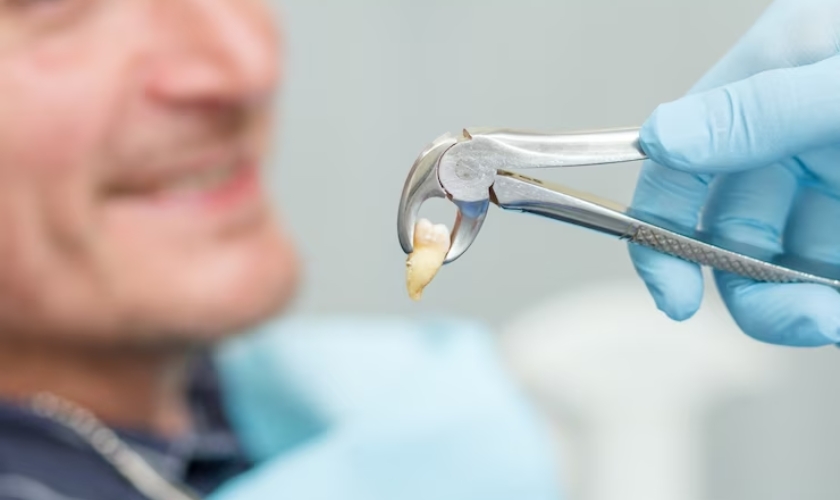What To Eat After Tooth Extraction?

Undergoing a tooth extraction can be an uncomfortable experience, but proper post-operative care, including the right nutrition, can greatly aid in the healing process. What you eat after a tooth extraction can significantly impact your recovery, influencing factors such as pain management, tissue healing, and overall well-being. In this guide, we’ll explore the importance of post-tooth extraction nutrition and provide a comprehensive list of foods to eat (and avoid) to ensure a smooth recovery.
Understanding the Importance of Post-Tooth Extraction Nutrition:
After a tooth extraction, your mouth undergoes significant trauma, leading to tissue damage and inflammation. Proper nutrition plays a vital role in supporting the healing process and reducing the risk of complications. The goals of post-tooth extraction nutrition include:
- Promoting Healing: Certain nutrients are essential for tissue repair and regeneration, aiding in the formation of new blood vessels and bone tissue.
- Reducing Inflammation: Inflammation is a natural response to injury, but excessive inflammation can delay healing and increase discomfort. Consuming anti-inflammatory foods can help manage inflammation and promote comfort.
- Preventing Infection: Oral surgery creates an entry point for bacteria, increasing the risk of infection. Choosing foods that support immune function can help ward off potential infections.
- Maintaining Nutrition: Pain and swelling following a tooth extraction can make eating difficult. Selecting soft, nutritious foods ensures that your body receives the essential nutrients it needs for optimal healing.
Now, let’s delve into the specifics of what to eat after a tooth extraction:
Soft Foods for the First Few Days:
Immediately following a tooth extraction, it’s crucial to stick to a soft diet to avoid aggravating the surgical site. Here are some recommended soft foods:
- Applesauce: Smooth and easy to swallow, applesauce provides vitamin C, which supports collagen synthesis and wound healing.
- Yogurt: Opt for plain, unsweetened yogurt, which contains probiotics that support gut health and may reduce the risk of infection.
- Mashed Potatoes: Rich in carbohydrates for energy and easy to eat without chewing, mashed potatoes are a comforting choice.
- Smoothies: Blend together fruits, leafy greens, yogurt, and protein powder for a nutrient-rich meal that’s easy on the mouth.
- Soup: Choose broth-based soups or pureed vegetable soups for hydration and essential nutrients.
- Oatmeal: Cooked oatmeal provides fiber and can be customized with soft toppings like mashed bananas or stewed fruits.
- Scrambled Eggs: Soft scrambled eggs are a good source of protein, which is essential for tissue repair.
- Pudding: Indulge in a smooth and creamy pudding for a comforting treat that’s gentle on the mouth.
Avoid hard, crunchy, or spicy foods during the initial healing period, as they can irritate the surgical site and prolong recovery.
Transitioning to Semi-Solid and Solid Foods:
As the days pass and your mouth begins to heal, you can gradually introduce more semi-solid and solid foods into your diet. However, it’s essential to continue avoiding foods that may disrupt the healing process. Here are some options:
- Cooked Vegetables: Steam or boil vegetables until they are soft and easy to chew.
- Soft Fruits: Choose ripe fruits like bananas, avocados, and melons that require minimal chewing.
- Pasta: Cook pasta until it is al dente, then pair it with a smooth tomato sauce or creamy Alfredo sauce.
- Fish: Flaky fish like tilapia or cod can be baked or poached for a protein-rich meal.
- Tofu: Silken tofu can be blended into smoothies or mashed with seasoning for a soft, plant-based protein option.
- Soft Cheeses: Cream cheese, ricotta, and brie are easy to spread on crackers or toast.
- Soft Breads: Opt for bread that is soft and moist, such as white sandwich bread or whole wheat rolls.
- Cooked Grains: Quinoa, couscous, and bulgur can be cooked until tender and served with vegetables or protein.
Remember to continue practicing good oral hygiene by gently rinsing your mouth with salt water or an antimicrobial mouthwash after meals to keep the surgical site clean and reduce the risk of infection.
Foods to Avoid:
While there are many nutritious options to choose from, there are also certain foods to steer clear of during the recovery period. Avoid:
- Hard Foods: Crunchy snacks like chips, nuts, and popcorn can dislodge blood clots and irritate the surgical site.
- Spicy Foods: Spicy foods can cause discomfort and irritation, particularly if the surgical site is still tender.
- Acidic Foods: Citrus fruits and acidic beverages like orange juice can sting and delay healing.
- Alcohol and Tobacco: Alcohol and tobacco can impair healing and increase the risk of complications such as dry sockets.
- Hot Foods: Steer clear of hot foods and beverages that can increase blood flow to the surgical site and cause bleeding.
- Straws: Using a straw can create suction in the mouth, dislodging blood clots and hindering the healing process.
- Carbonated Beverages: Avoid carbonated drinks, which can cause discomfort and disrupt the healing process.
Proper nutrition is essential for a smooth and speedy recovery after a tooth extraction. By choosing soft, nutrient-rich foods and avoiding irritants and potential contaminants, you can support the healing process and minimize discomfort. Remember to follow your dentist’s post-operative instructions carefully and listen to your body’s cues as you gradually reintroduce solid foods into your diet. With the right nutrition and diligent care, you’ll be back to enjoying your favorite meals in no time.

